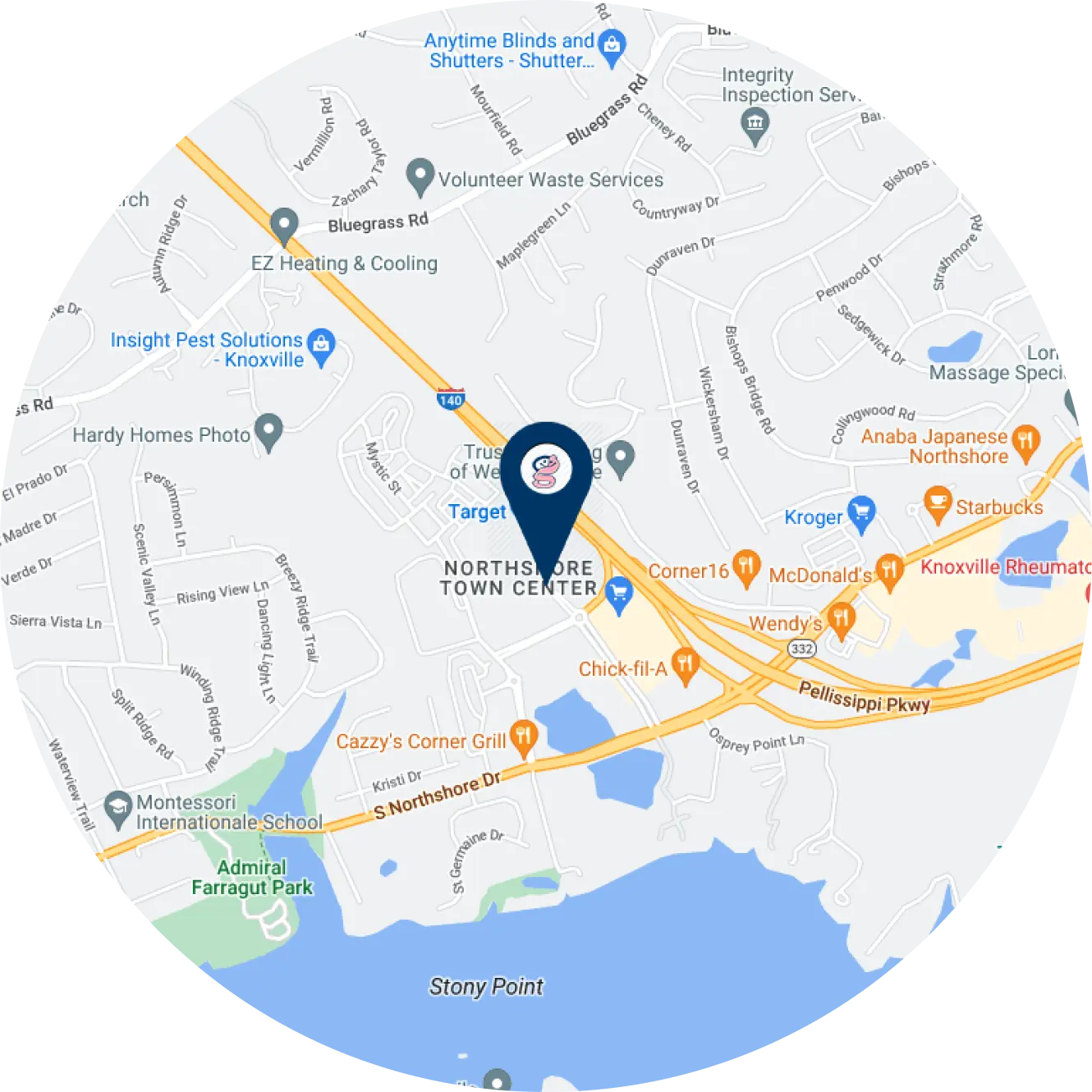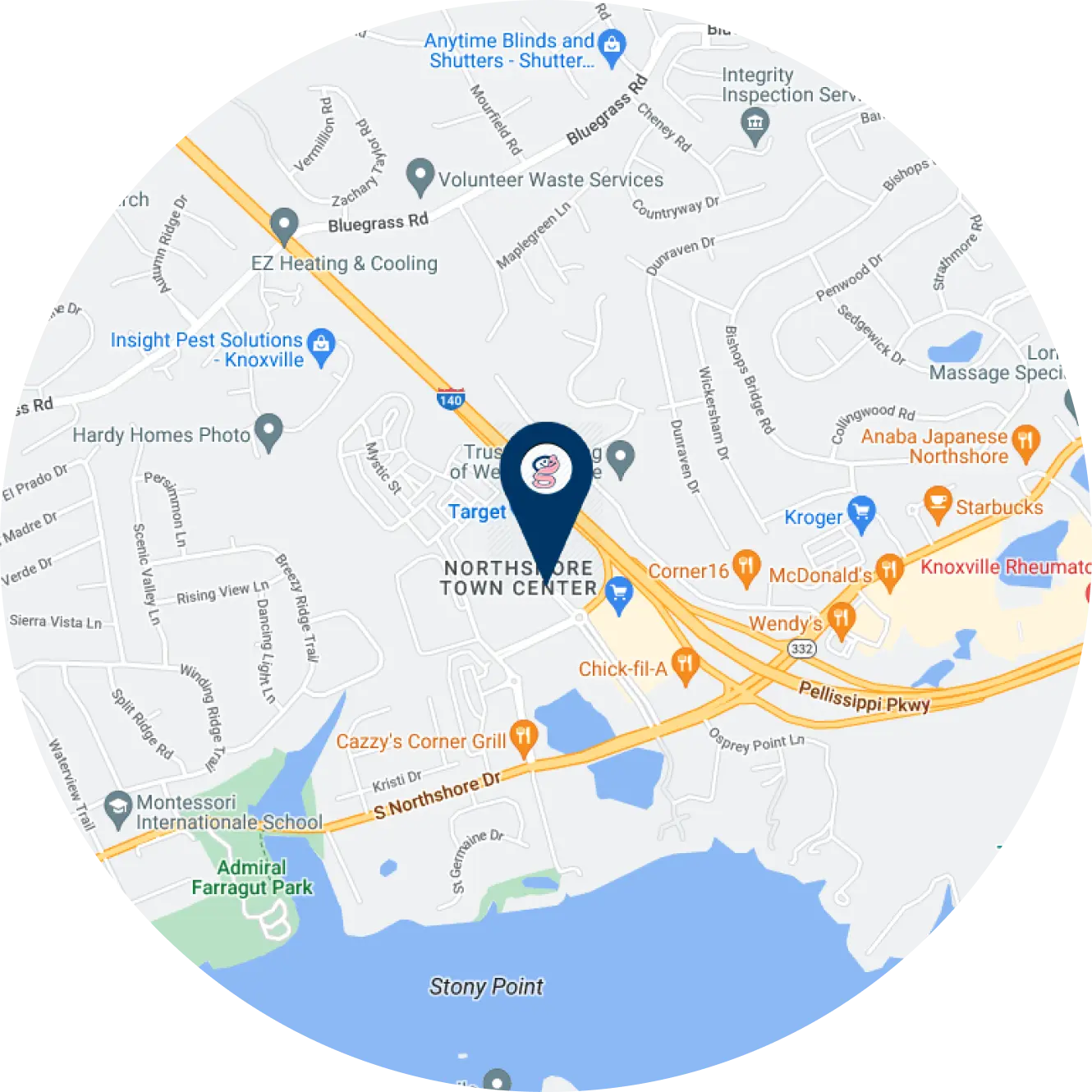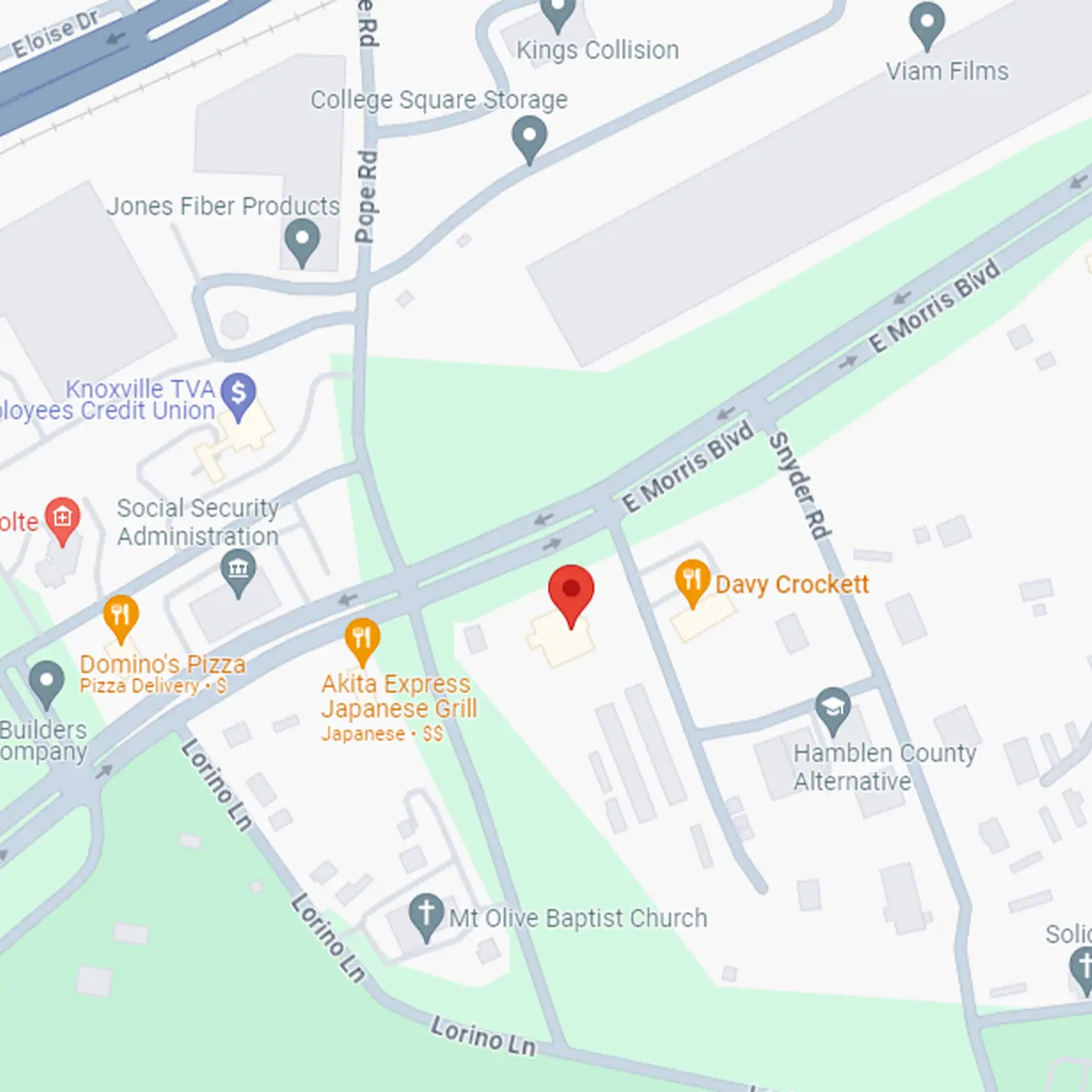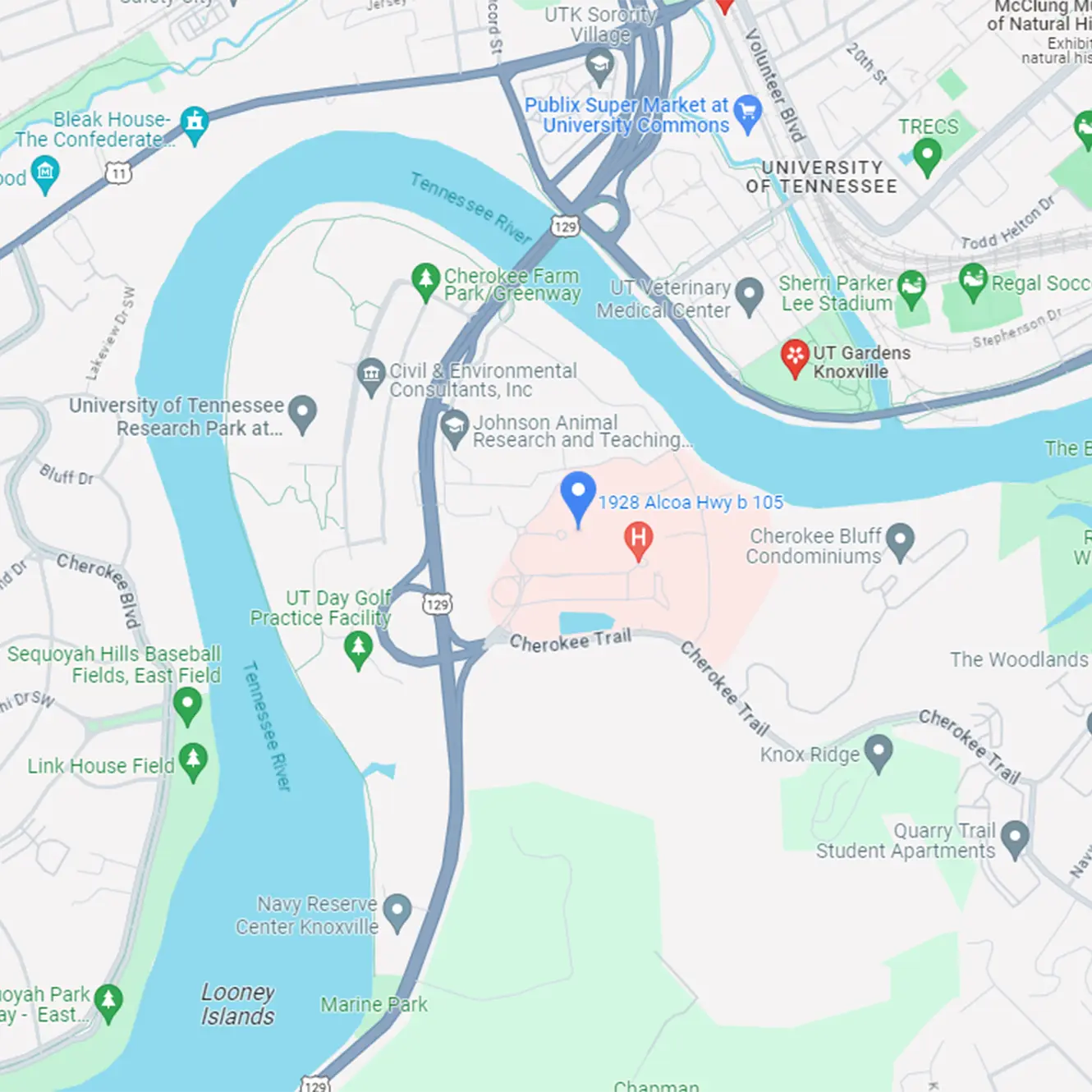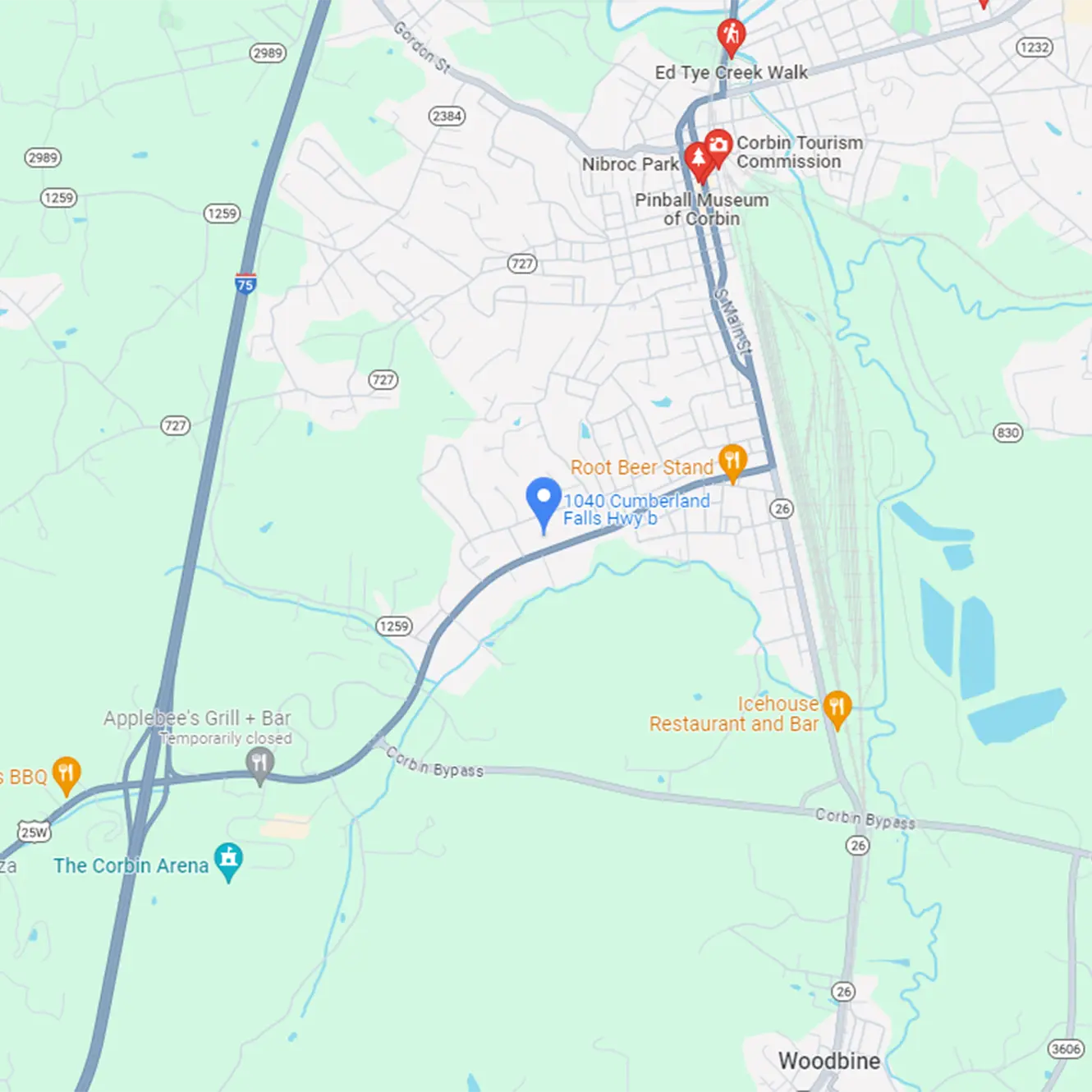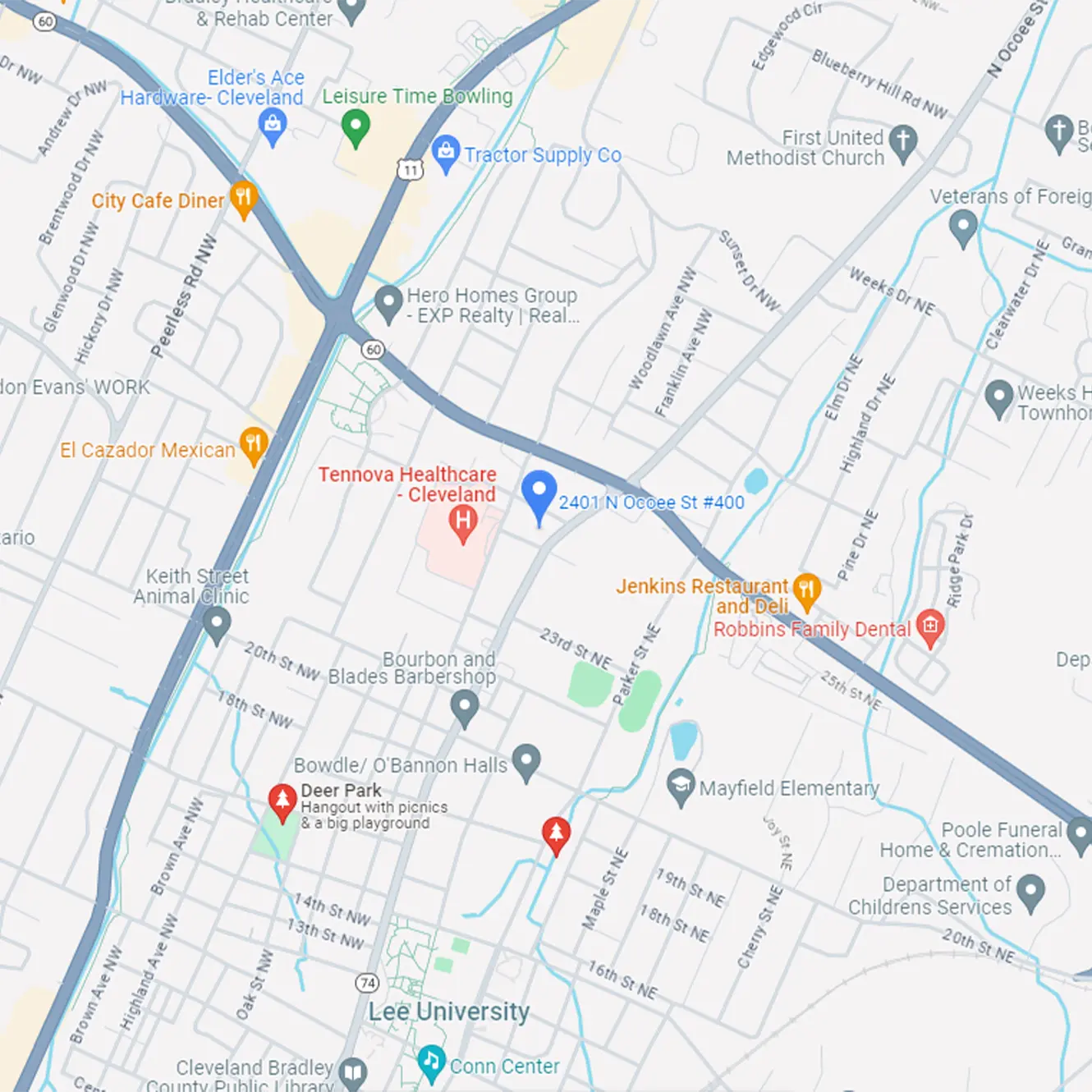Gallstones are small, pebble-like substances that develop in the pear-shaped sac called the gallbladder. Gallstones form when the liquid stored in the gallbladder (bile) hardens into pieces of stone-like material. Bile contains cholesterol, fats, bile salts, proteins, and bilirubin—a waste product. If the bile has too much cholesterol, bile salts, or bilirubin, it can harden into gallstones.
There are two types of gallstones, cholesterol stones and pigment stones. Cholesterol stones are made from harden cholesterol. They account for 80% of gallstones. Pigment stones are small, dark stones made of bilirubin. The cause of pigment stones is not fully known, but they tend to develop in people who have liver cirrhosis, biliary tract infections, or hereditary blood disorders where the liver makes too much bilirubin.
Other factors that contribute to gallstones include:
- Being female – women are twice as likely as men to develop gallstones.
- Family history
- Weight
- Diet
- Rapid weight loss
- Age – people older than 60 are more likely to develop gallstones
- Ethnicity – American Indians
- Cholesterol-lowering drugs
- Diabetes.
Symptoms
Symptoms of blocked bile ducts are often called a “gallbladder attack” because it occurs suddenly and usually after a fatty meal, or during the night. A typical attack can cause:
- Steady pain in the right upper abdomen that increases rapidly and lasts from 30 minutes to several hours
- Pain in the back between the shoulder blades
- Pain under the right shoulder
People should see a doctor immediately with the following symptoms:
- Prolonged pain – more than 5 hours
- Nausea and vomiting
- Fever – even low grade, or chills
- Yellowish color of the skin or whites of the eyes
- Clay-colored stool.
Many people with gallstones have no symptoms; these are called “silent stones.” They do not interfere with the gallbladder, liver, or pancreas function and do not need treatment.
Diagnosis
An ultrasound exam is done when a doctor suspects gallstones. The sound waves bounce off the gallbladder, liver and other organs. If gallstones are present the sound waves will bounce off of them to show their location. Other tests may be performed include:
- Computerized tomography (CT) scan – shows gallstones or complications, such as infection and rupture of the gallbladder or bile ducts.
- Cholescintigraphy (HIDA) scan – diagnoses abnormal contraction of the gallbladder or obstruction of the bile ducts.
- Endoscopic retrograde cholangiopancreatography (ERCP) – used to locate and remove stones in the bile ducts.
Treatment
For frequent gallbladder attacks, the doctor will likely recommend the gallbladder be removed (cholecystectomy). Removing the gallbladder is a common surgery in the United States. Nearly all cholecystectomies are performed with laparoscopy. If the gallbladder has severe inflammation, infection, or scarring from other operations, the surgeon may perform an open surgery to remove the gallbladder.
If gallstones are present in the bile ducts, the physician—usually a gastroenterologist—may use ERCP to locate and remove them before or during gallbladder surgery. The ERCP procedure is usually successful in removing the stones.
Nonsurgical approaches are only used in special situations. Oral dissolution therapy uses drugs made from bile acid to dissolve gallstones stones. Contact dissolution is an experimental procedure involving injecting a drug into the gallbladder to dissolve cholesterol stones.









